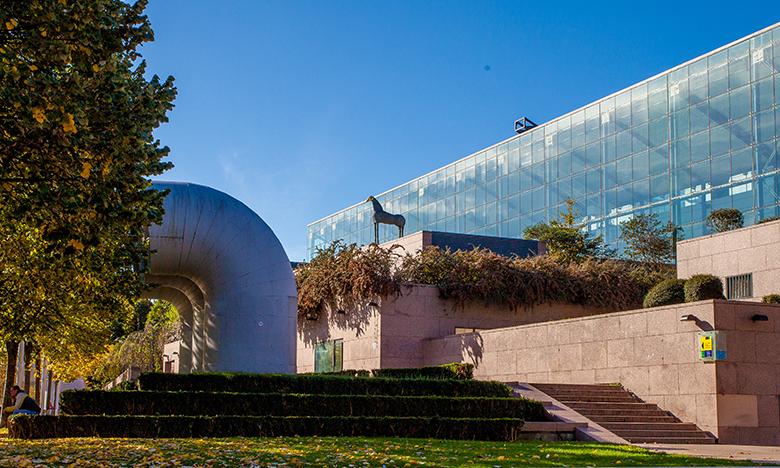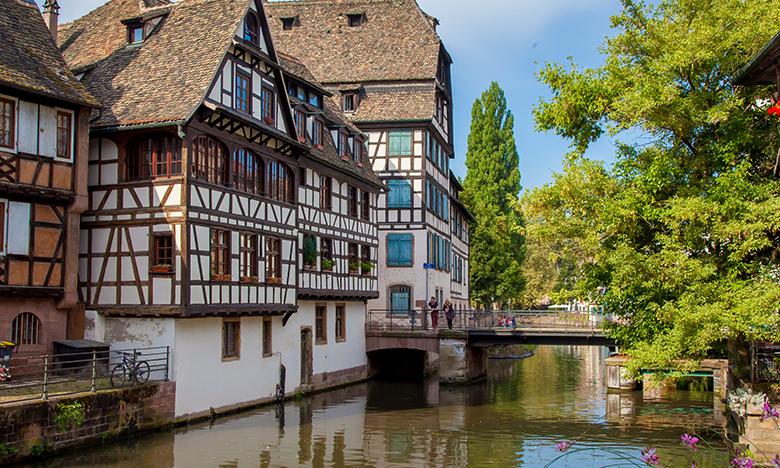STRASBOURG – www.otstrasbourg.fr
Frontier towns are often cross-cultural capitals. Strasbourg is the embodiment of that role, stirring France and Germany into an appealing brew, even despite the increased complexity of hosting important international institutions like the Council of Europe and European Parliament. Somehow, they only add to the charm of Strasbourg’s historical center – “Little France,” now a UNESCO World Heritage Site – packed with narrow alleyways, canals and half-timbered houses with street-level winstubs (local taverns), all lorded over by an ornate Gothic masterpiece of a cathedral. It’s alchemical mastery at work, also evident in the one-of-a-kind Alsatian food and wine.
Fun Facts
In Strasbourg in 1792, Rouget de Lisle composed the Army of the Rhine's battle song, which later became the French national anthem, called the “Marseillaise.”
Now home to the Council of Europe, the European Court of Human Rights and the European Parliament, the city of Strasbourg was chosen as the European capital just after World War II as a symbol of reconciliation between the peoples of Europe and of their future together.
Significant Site
La Petite France: formerly the millers' and tanners' district, it is the city's most picturesque quarter (and a UNESCO World Heritage Site), with narrow alleyways, canals and half-timbered houses
Extraordinary Exhibits
Palais de Rohan: a former palace of the prince-bishops and today the Archeological Museum (Musée Archéologique), Decorative Arts Museum (Musée des Arts Décoratifs) and Fine Arts Museum (Musée des Beaux-Arts)
Delectable Delights
choucroute à la strasbourgeoise: pickled cabbage (sauerkraut), salted pork, Strasbourg sausage and ham, best eaten in a winstub (local restaurant)
Alsace wines: famous whites like Riesling, Pinot Blanc, Gewurztraminer and Pinot Gris
Legendary Local
Eliette Abécassis: writer and professor of philosophy at the University of Caen Normandy
Also in the Area
Château du Haut-Koenigsbourg: a restored medieval building built into the rock and a symbol of the German presence in Alsace from 1871 to 1918
Musée Lalique: features the entire creative output of René Lalique and his successors, with a special emphasis on glass and crystal
Alsace Wine route: a passage through the heart of the vineyards, where signs explain the work of the winegrowers and the diversity of the grape varieties grown
Access from Paris
by road: about 4 h 45 min (306 miles) via the A4 autoroute de l'Est
by train: about 1 h 45 min by TGV from the Gare de l'Est
For more about what to see and do in and around Strasbourg, click here



